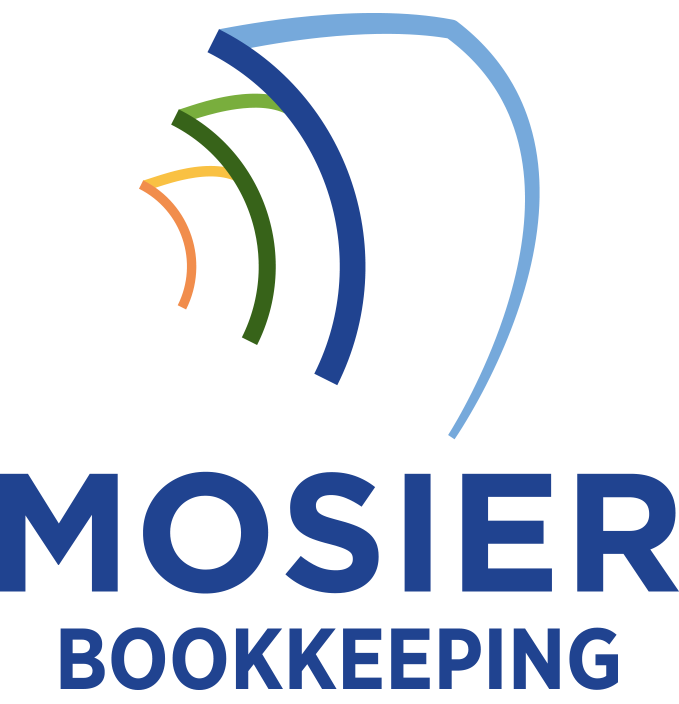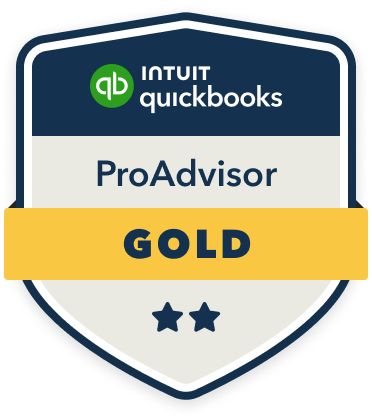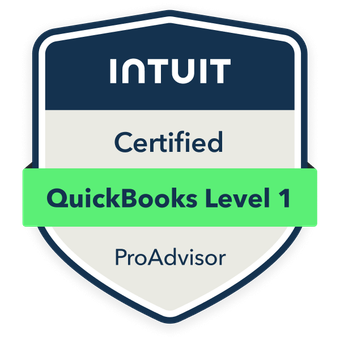Effective cash flow management in service businesses requires an all-encompassing approach that I’ve seen succeed consistently. You’ll need to establish clear payment terms, implement automated billing systems, and maintain detailed expense tracking. I recommend requiring upfront deposits, offering retainer agreements, and utilizing digital payment solutions to accelerate collections. Regular cash flow forecasting helps anticipate gaps, while strategic vendor negotiations optimize outgoing expenses. The deeper layers of these practices reveal even more powerful ways to protect your liquidity.
Implementing Strategic Payment Terms and Billing Systems

While many service businesses focus primarily on delivering quality work, implementing strategic payment terms and billing systems forms the foundation of healthy cash flow management. I recommend requiring upfront deposits of 30-50% for new clients, establishing clear milestone payments, and automating your invoicing process.
I’ve found that implementing net-15 or net-30 payment terms, rather than longer cycles, considerably improves cash position. By integrating electronic payment options and setting up automated reminders, you’ll accelerate collections while maintaining professional client relationships. Consider offering early payment discounts of 2-5% to incentivize prompt payments and strengthen your working capital position.
Monitoring and Managing Client Payment Cycles
I’ve found that effectively monitoring client payment cycles requires a systematic approach to tracking payment due dates across your entire client portfolio. You’ll gain better control of your cash flow by standardizing your billing cycles to align with your operational needs while respecting your clients’ payment capabilities. Implementing automated collection processes will not only reduce the time spent on payment follow-ups but also help maintain consistent cash inflows while preserving client relationships.
Track Payment Due Dates
Since payment cycles directly impact working capital, tracking client payment due dates forms a critical component of service business cash flow management. I recommend implementing a robust tracking system that automatically flags approaching due dates and overdue accounts. You’ll want to establish clear triggers for follow-up actions at specific intervals – perhaps 7 days before due date, on the due date, and 7 days after.
I’ve found that proactively monitoring these dates through financial dashboards gives me strategic control over accounts receivable. When I maintain tight oversight of payment timelines, I can accelerate collections and optimize my cash position through early payment incentives or revised payment terms.
Standardize Billing Cycles
Standardizing billing cycles builds upon effective payment tracking by creating predictable, systematic revenue patterns. I’ve found that consolidating client invoicing to specific days each month dramatically improves cash flow visibility and reduces administrative overhead.
I recommend selecting 2-3 fixed billing dates monthly, then migrating clients to these standardized cycles. I structure my billing calendar to align with my clients’ payment patterns – typically the 1st and 15th of each month. This synchronization lets me forecast cash positions accurately and address potential shortfalls before they materialize.
This systematic approach transforms sporadic income streams into manageable, foreseeable revenue flows.
Automate Collection Processes
Automating collection processes reduces considerably on administrative workload while ensuring consistent cash flow management. I’ve found that digital payment systems integrated with accounting software create a powerful ecosystem for tracking and collecting payments. You’ll gain immediate visibility into your accounts receivable status.
- Set up automated payment reminders at 30, 15, and 5 days before due dates
- Configure instant late payment notifications to clients
- Enable direct debit options for recurring service contracts
- Implement automated reconciliation between invoices and received payments
Creating Effective Business Forecasting Models

While accurate cash flow management relies on various factors, creating effective business forecasting models stands as a critical foundation for service-based companies. I’ve found that integrating historical data, market trends, and seasonal variations into your forecasting model gives you predictive power over future cash positions. You’ll want to incorporate key metrics like customer acquisition costs, project timelines, and payment cycles.
I recommend building three scenarios: conservative, moderate, and aggressive projections. This approach lets you anticipate cash flow gaps and capitalize on growth opportunities. Update your models monthly and adjust your assumptions based on real-time performance data.
Optimizing Operating Expenses and Overhead Costs
In examining how to optimize your service business’s cash flow, I’ll focus on two critical areas that affect your bottom line: fixed monthly costs and administrative efficiency. You’ll need to scrutinize every recurring expense – from office leases to software subscriptions – and eliminate or reduce those that don’t directly contribute to revenue generation. I recommend mapping your administrative workflows to identify redundancies and implementing digital solutions that can reduce labor costs while maintaining service quality.
Cut Fixed Monthly Costs
Successfully managing fixed monthly costs represents a critical lever for improving cash flow in service businesses. I’ve found that ruthlessly examining and cutting fixed expenses creates immediate bottom-line impact and strengthens your competitive position. Regular cost reviews should identify non-essential expenditures that drain resources.
- Renegotiate office lease terms or switch to flexible workspace solutions
- Replace full-time staff with contract workers for non-core functions
- Eliminate unused software subscriptions and consolidate tech platforms
- Switch to energy-efficient systems and equipment to reduce utility costs
Through disciplined cost management, I’ve helped businesses achieve 15-30% reductions in fixed monthly expenses while maintaining operational effectiveness.
Streamline Administrative Workflows
How effectively you streamline administrative workflows can make or break your service business’s cash flow position. I recommend automating your invoicing system, implementing digital payment processing, and utilizing cloud-based accounting software to reduce manual tasks and accelerate cash collection.
Integrate your CRM with project management tools to eliminate double data entry and track billable hours seamlessly. Consider outsourcing routine administrative tasks like payroll and basic bookkeeping to reduce labor costs while maintaining accuracy. I’ve found that investing in workflow automation tools typically delivers ROI within 6-12 months through reduced labor costs and faster payment processing.
Leveraging Technology for Automated Cash Flow Management

Modern service businesses can revolutionize their cash flow management through strategic implementation of automation technologies. I’ve found that integrating digital solutions into financial operations creates a powerful ecosystem that maximizes efficiency and control.
- Cloud-based accounting platforms sync real-time transactions, eliminating manual data entry
- AI-powered forecasting tools predict cash shortfalls weeks in advance
- Automated billing systems trigger instant invoicing upon service completion
- Smart payment processors reconcile transactions and update your books instantly
Building Strong Relationships With Financial Partners
While technology streamlines financial operations, lasting relationships with financial partners form the backbone of sustainable cash flow management. I’ve found that cultivating strong connections with banks, lenders, and investors opens doors to preferential rates, flexible credit terms, and strategic financial guidance.
I recommend you establish direct lines of communication with key decision-makers at your financial institutions. By sharing your business vision and maintaining transparency about your financial position, you’ll build trust that proves invaluable during cash flow challenges. Focus on demonstrating reliability through consistent communication and timely payments—this positions you to negotiate better terms when you need additional working capital.









